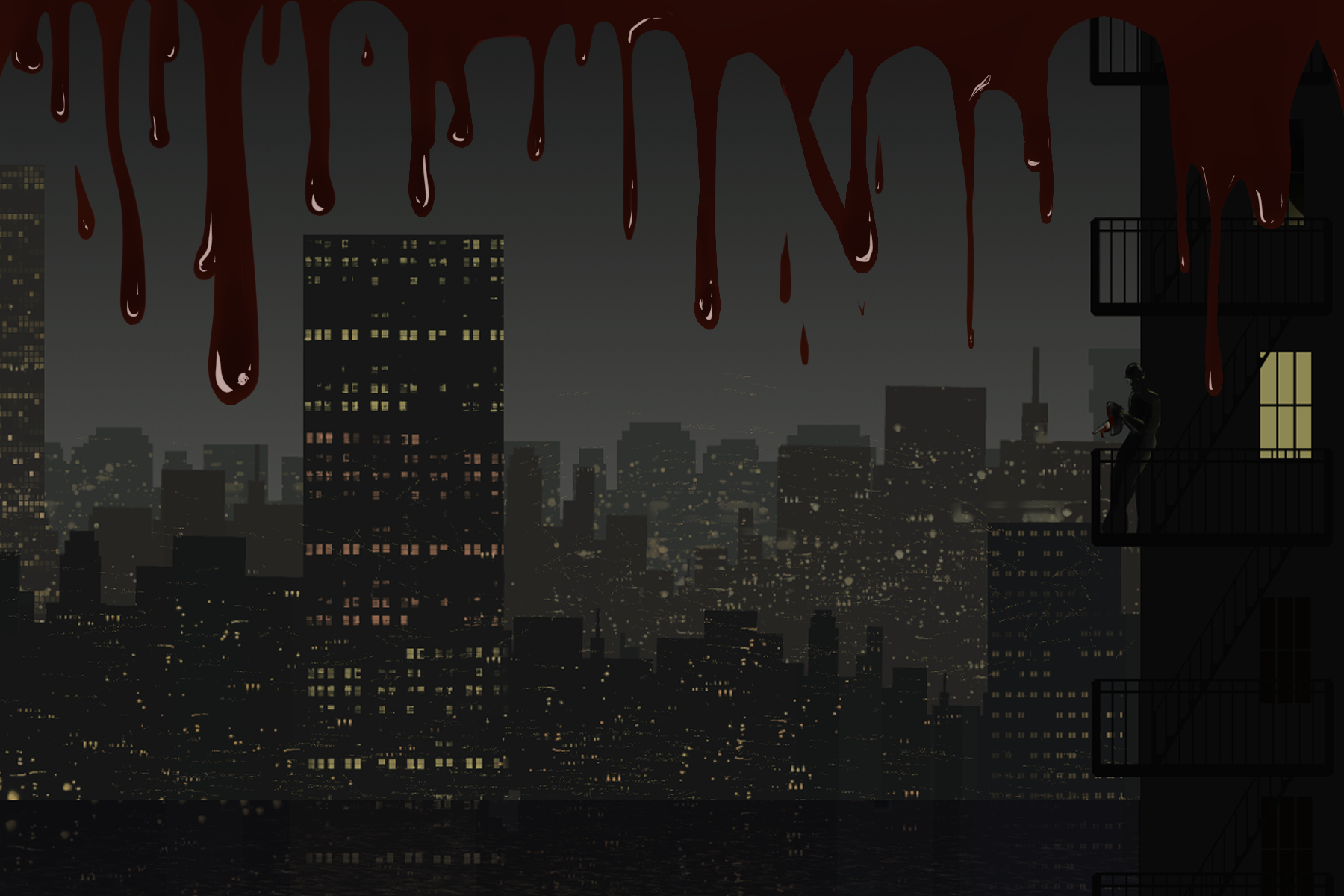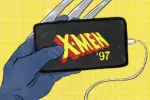When you think of superhero movies, you think of the kid friendly blockbusters that have dominated the big screens since Kevin Feige, president of Marvel Studios, kicked off the MCU with 2008’s “Iron Man.” Despite the existence of other superhero movies, no franchise has both the volume of films and the success that the MCU has garnered with its 23 films and billions in revenue. Since the close of the Infinity Saga, Marvel has taken their ability to serialize movies and transferred it to the most natural environment with new TV shows for Disney+.
If anyone was nervous about the success of these shows, then they haven’t been paying attention to the MCU, essentially a 23-episode Marvel TV series in itself. Other Hollywood studios have tried and failed to copy this format since 2012’s “Avengers” broke records. But now, as there is no chance of any competition actually emulating a coherent cinematic universe (looking at you Sony, please stop), many competitors have resorted to something the MCU has yet to: graphic adult-oriented superhero violence. And it’s working.
As the MCU phases expanded beyond Earth, one constant remained: a PG-13 rating. Despite the melancholy tone in “Infinity War,” the overt sexualization of Black Widow in “Iron Man 2,” the violence in “Captain America: Civil War” and the Jackson Pollock sperm joke I’m still shocked Disney allowed in “Guardians of The Galaxy,” every film has maintained the PG-13 rating. This rating is kept purely for its commercial value since it encompasses the biggest audience market for a theatrical release. However, Hollywood is finally branching out and combating the comments of “superhero fatigue” by greenlighting more adult, violent R-rated superhero films and TV shows.
R-rated superhero films are seen as risks for studios because they (usually) don’t bring in the revenue a PG-13 film would. However, films like “Kick Ass,” “Deadpool” and “Logan” — technically Marvel properties but not distributed by Marvel Studios — perfectly demonstrated how an R-rating can suit a character’s story without being gratuitous and while also garnering critical, fan and financial success. The success of these films, among others, has paved the way for shows like Amazon’s surprise hit “The Boys,” an adaptation of the violent graphic novel with the same name.
A spoof of the superhero genre, “The Boys” features the superhero-team equivalent the Seven, who could be likened to the Avengers and the Justice League if they were treated like celebrities with corporate deals, movies and a slew of ancillary products. However, they’re also horrible, evil narcissists with the power to kill anyone in an instant. They live fearlessly since seemingly no one is capable of administering punishment for their actions. The show’s raw and gritty portrayal of a society that idolizes superheroes despite the murder, rape and horrendous crimes they commit is refreshing but also frightening, since mass audiences have been taught that superheroes are supposed to be the good guys. “The Boys” broke into Nielsen’s top 10 for streaming hours during its second season last year, becoming the first non-Netflix original to do so. The crew is about to start filming its third season, with a spin-off pilot already being scripted.
Amazon also found success with its animated adaptation of “Walking Dead” creator Robert Kirkman’s other graphic novel, “Invincible,” which shows head smashing, decapitation, disemboweling and other gore through simple yet effective animation. The difference “Invincible” has to “The Boys” is that it’s a coming-of-age story and not only a gritty parody or social commentary on how society idolizes heroes. Omni-Man and Homelander both demonstrate that Superman equivalents are terrifying amalgamations of ultimate power and fragile masculinity. Their foils aren’t perfect either: Both shows’ protagonists still have flaws and some could be described as bad people, too. Maybe that’s what is appealing to audiences who rarely see the gray in between good and bad within the genre — something Marvel has been critiqued for.
Warner Bros./DC, arguably Marvel’s biggest competition, doesn’t have the best track record with their live action movies (despite having an Oscar for one). While they have planted their foot in TV with The CW’s Arrowverse, they, too, are branching out into the adult demographic. DC has released a few animated R-rated features, usually straight to video, but following the success of “Joker,” Warner Bros. spent the last few years greenlighting riskier programs including the HBO MAX original hit “Harley Quinn.” This animated show is a wonderful mix of adult humor, disturbing animated violence and something Marvel has yet to attempt: a queer lead who ends up in a same-sex relationship.
The importance of this show compared to the others mentioned is that Harley Quinn is an established character — one that is so popular she currently has both an animated and live action portrayal (see the R-rated movies “The Suicide Squad” and “Birds of Prey”). The showrunner of “Harley Quinn” recently went viral on Twitter when it was revealed that Warner Bros. wouldn’t allow the third season to show Batman performing oral sex to Cat Woman. This is a perfect example of the boundaries studios set versus those they won’t. You can have a talking plant that vomits a child’s carcass, but Batman pleasuring a woman is going too far. Warner’s defense was that Batman’s ancillary market products, which are largely children’s toys, would be hard to sell after he has done a very adult act. Which brings me back to the mouse house that owns Marvel Studios.
Disney, with or without the success of the MCU, has monopolized the majority of the blockbuster film market, and that market is and will forever be for kids and families. I was 12 years old when “Iron Man” came out, and I was an eager 23-year-old when “Avengers: Endgame” was released. I have literally grown up with the MCU. Despite loving almost all of it (we don’t talk about “Thor: The Dark World”), I do worry about how Marvel will adapt to its audience members who are now full-fledged adults.
The new Disney+ shows have proven that Marvel can make content more adult in subtle ways by including political, abstract and downright confusing narratives. These shows are not made for children but for the hardcore devoted fan base the Infinity Saga raised. They are more complex and harder to follow, with a new style of storytelling that features rich character growth we’ve only ever seen portrayed through sequels.
With the purchase of Twentieth Century Fox and “Deadpool” being in the hands of Marvel, Kevin Feige has already stated they will keep his solo movies rated R, but as of right now they don’t have plans to make other adult content. This worries some fans, since Marvel has film and TV plans already in pre-production for graphic and adult characters such as Blade, The Punisher and Moon Knight. The reality is that the cash cow juggernaut that is the MCU can make whatever they want, because at this point the fans have no reason not to trust them. Marvel is taking multiple risks as it enters its next phase and fans will just have to wait and see what’s coming next. So far it’s been vastly different and, despite not being graphically violent (yet?), the difference has been very entertaining.

















